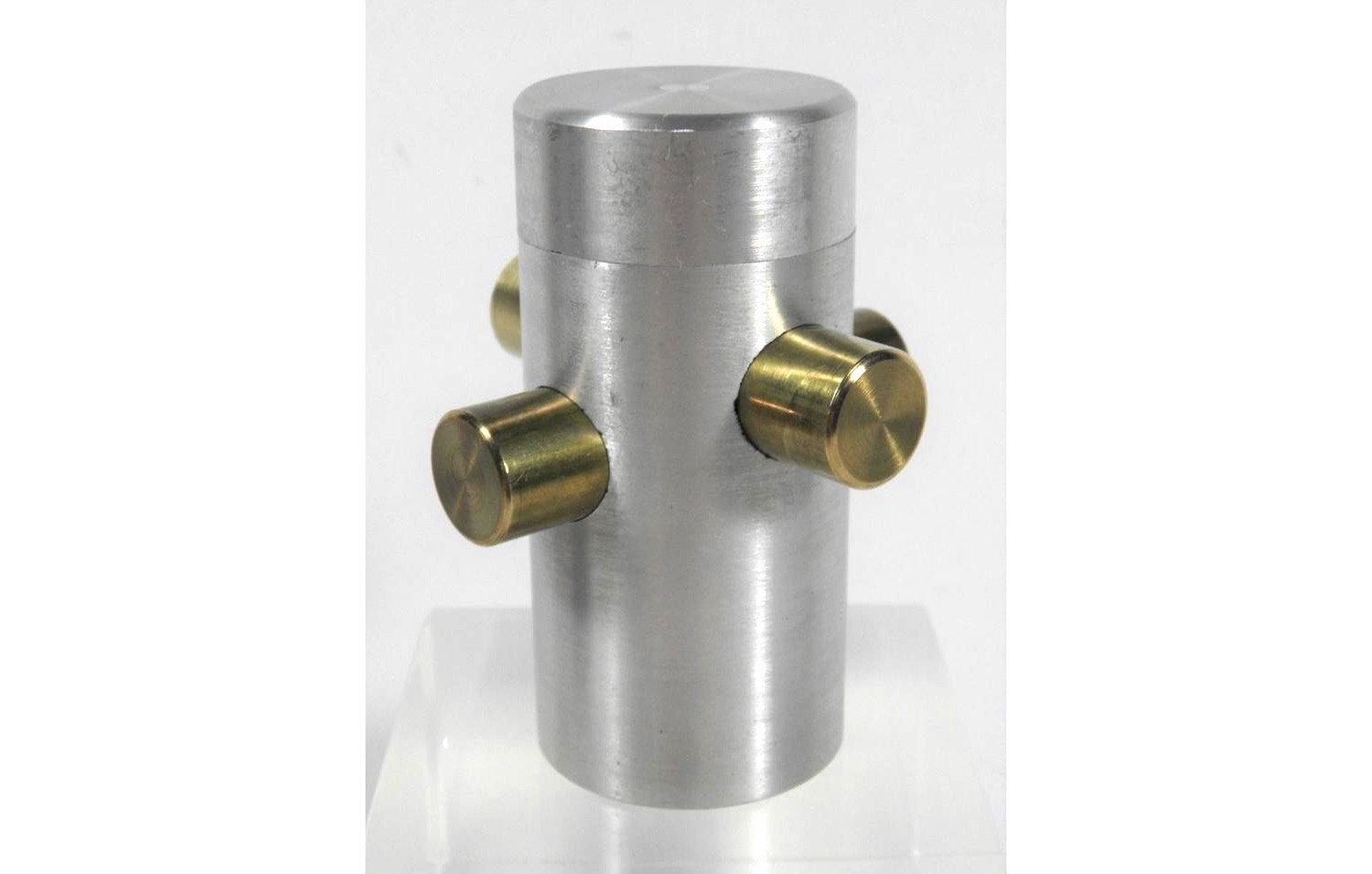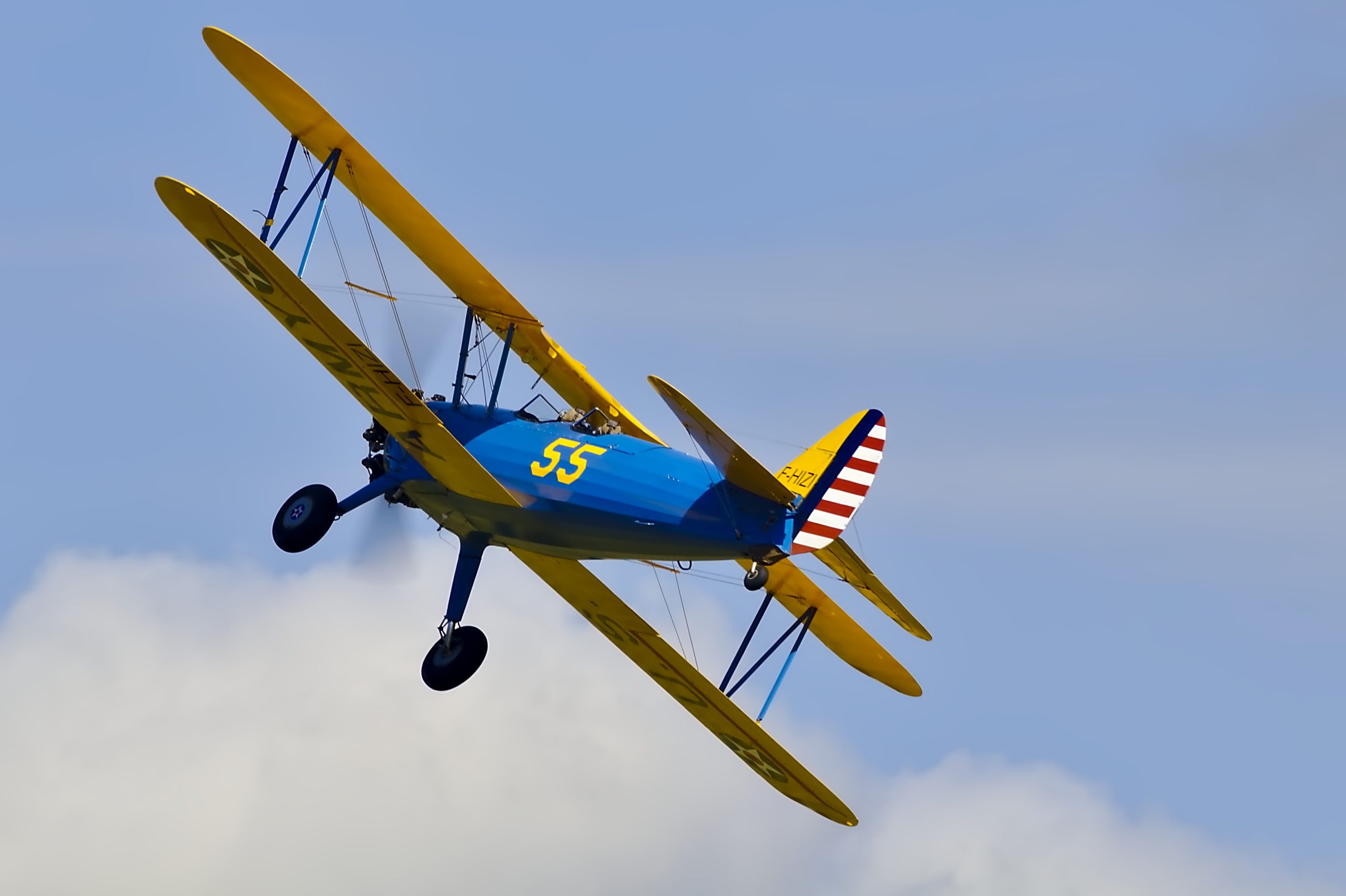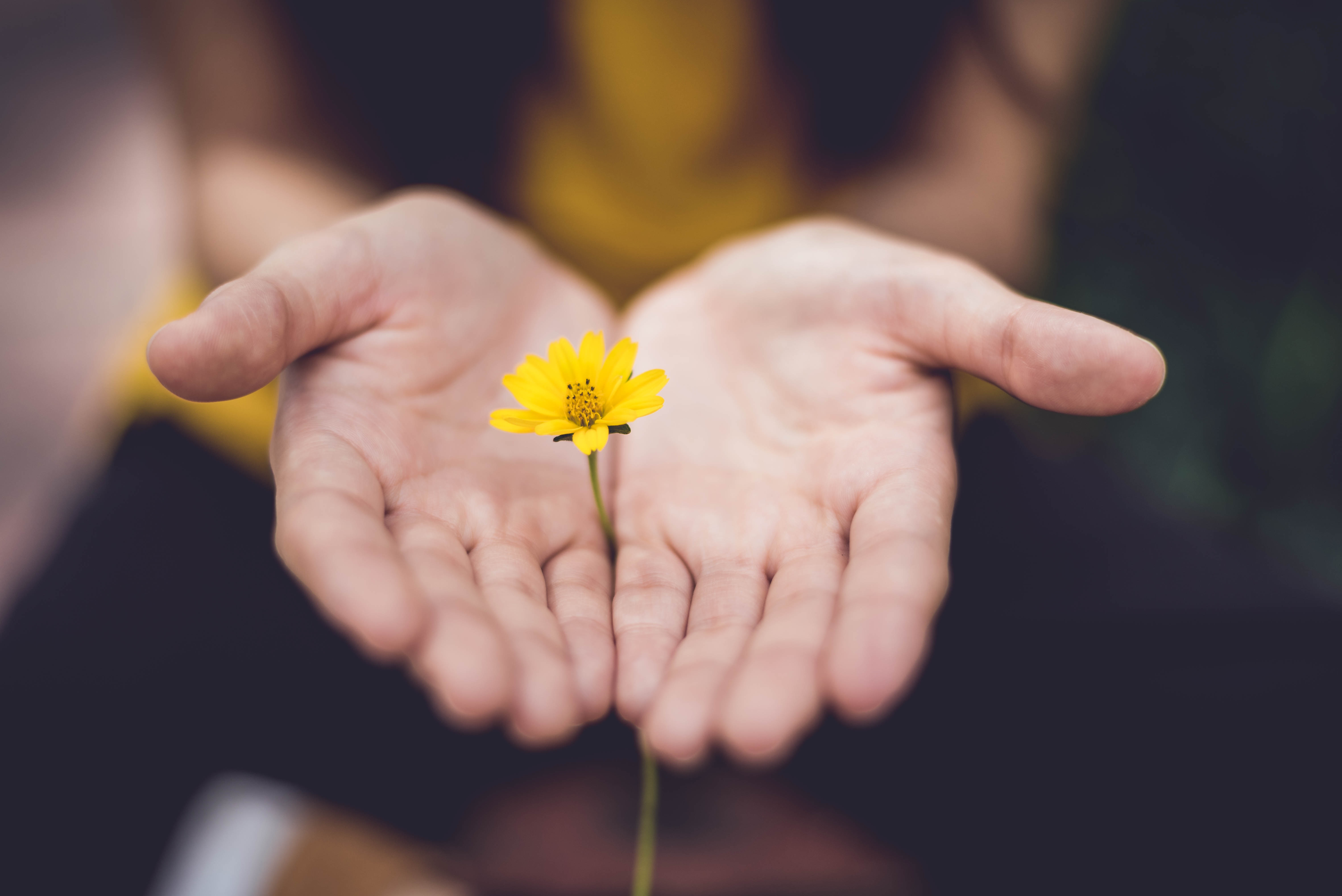
by
Posted
Why does an airplane climb when you raise the nose?
This post is prompted by someone who asked me recently that they wanted a more intuitive understanding of the concept of Angle of Attack from the perspective of the pilot.


This post is prompted by someone who asked me recently that they wanted a more intuitive understanding of the concept of Angle of Attack from the perspective of the pilot.


TWENTY YEARS and three lifetimes ago I was in a puzzle shop in Camden Lock Market, Camden Town, London where I bought a curious item.


Military pilots (and some business jets) have a cool feature called a head-up display (HUD), which overlays a whole load of flight information like airspeed, an attitude indicator, vertical speed and other things over the view in front of the pilot out of the windshield.


Why do people find steep turns difficult? I’m going to suggest it’s because they’re not thinking about them the right way.


I must say, it’s tricky to teach people to land. Most manoeuvres that you have to learn in order to be a pilot can be practiced thousands of feet up in the air, where there’s no danger and no damage if things don’t work out, and where the instructor has plenty of time to fix things if and when they go wrong.


You’re in a small airplane in level flight at 100 knots. You increase power and pitch up to place the aircraft in a climb, at the same airspeed. Has the angle of attack increased, stayed the same, or decreased?


WITHOUT a doubt there are some fabulous fight instructors and schools in Canada. Unfortunately there are some pretty shabby ones, too.

Here’s a video extract from a recent lesson where we did some spins, and I introduced my student to the “falling leaf” exercise, which gives valuable experience in roll stability and control (and the lack of them) when the aircraft is stalled.


Suppose you wanted to learn the piano. And your piano teacher said that they were going to teach you one note per lesson: today, we’ll learn middle C. Tomorrow, maybe an E♭; the lesson after that will be on an F♯. And at the end of being taught all 88 notes on the keyboard, you’ll be able to play the piano.
Doesn’t that seem a funny way to learn a musical instrument?


If you do an amount of cross-country VFR flying eventually you’ll come across a situation where your airplane is headed what looks like right at a bunch of clouds. It can be helpful to know a few minutes in advance, whether, when you reach the clouds they’re going to be at your altitude, or whether you’re going to pass above or below them.